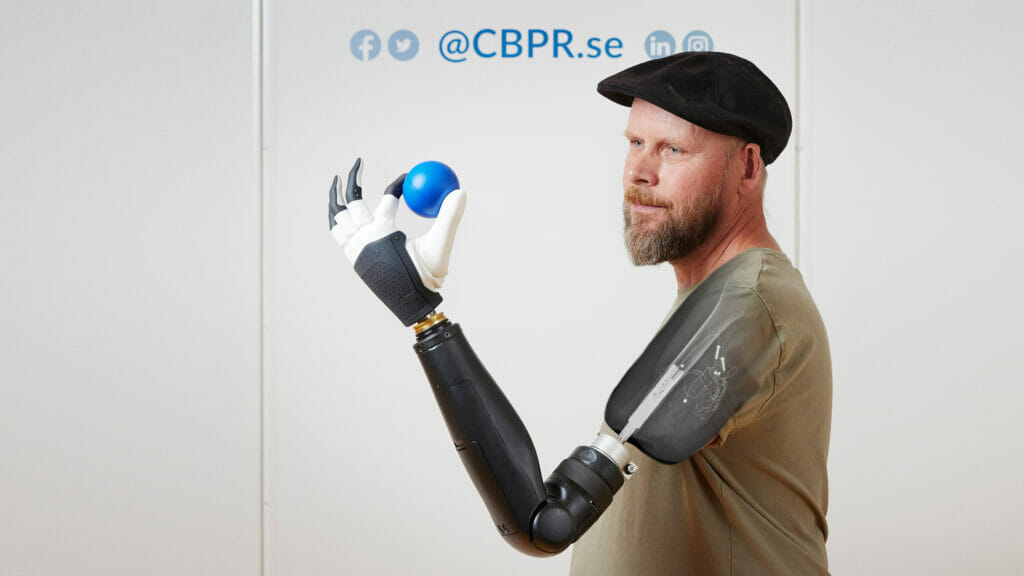
The healthcare industry is making good use of the digital revolution, and now there is a potential bionic arm in development that revolutionizes the use of digits too.
Engineers have developed a prosthetic that uses sensors and skeletal implants to allow for hand and finger movements as if they were real (and attached).
The technology works via artificial intelligence algorithms that translate the user’s intentions into prosthetic movement, the researchers state.
For older amputees, this technology could dramatically improve quality of life and potentially reduce the cost of prosthetics. In addition to ongoing health concerns, amputees face qualitative challenges including “limited mobility, a high degree of depression, social isolation and difficulties maintaining employment,” the Advanced Cardiac & Vascular Centers noted in a report last year.
The study was conducted by a team of researchers in Sweden led by the Chalmers University of Technology.
Although “only” 42% of first-time amputees are aged 65 or more years, older adults often are considered poor candidates to receive prosthetics due to age-related challenges and the fact that many amputees die within several years of the operation, in part due to the underlying causes.
The most common conditions that necessitate amputation are vascular disease and diabetes, studies show. Even among combat veterans, there is a far greater likelihood of amputations from disease rather than conflict in the field, McKnight’s has reported.
Bionic limbs that mimic natural motion is a promising field for research and development. The researchers are continuing to study how to improve the controllability of the bionic hand and fingers even further, the study states.


